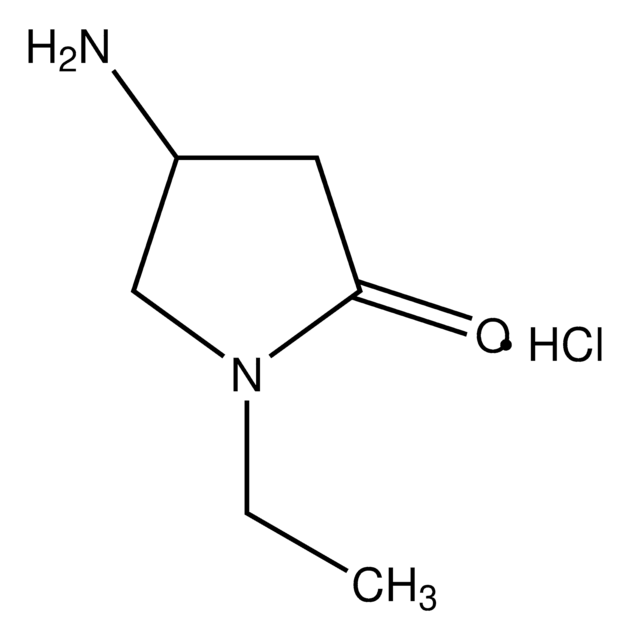ABE2973
Anti-CREB-H/CREB3L3
Synonym(s):
Cyclic AMP-responsive element-binding protein 3-like protein 3, Transcription factor CREB-H, cAMP-responsive element-binding protein 3-like protein 3
About This Item
Recommended Products
biological source
rabbit
Quality Level
antibody form
purified antibody
antibody product type
primary antibodies
mol wt
calculated mol wt 49.08 kDa
observed mol wt ~45 kDa
purified by
using Protein A
species reactivity
mouse
species reactivity (predicted by homology)
human
packaging
antibody small pack of 100
technique(s)
ChIP: suitable
immunofluorescence: suitable
immunohistochemistry: suitable
immunoprecipitation (IP): suitable
western blot: suitable
isotype
IgG
epitope sequence
Internal
Protein ID accession no.
UniProt accession no.
storage temp.
-10 to -25°C
Gene Information
human ... CREB3L3(84699)
Specificity
Immunogen
Application
Evaluated by Western Blotting in lysate from wild-type Mouse liver tissue.
Western Blotting Analysis (WB): A 1:1,000 dilution of this antibody detected CREB-H in lysate from wild-type Mouse liver tissue, but not in lysate from Mouse liver with CREB-H knockout.
Tested Applications
Chromatin Immunoprecipitation Analysis (ChIP): A representative lot detected CREB-H/CREB3L3 in Chromatin Immunoprecipitation applications. (Zhang, K., et al. (2006). Cell. 124(3); 587-599).
Western Blotting Analysis (WB): A representative lot detected CREB-H/CREB3L3 in Western Blotting applications. (Kim, H., et al. (2014). Endocrinology. 155(3); 769-782).
Immunohistochemistry Applications: A representative lot detected CREB-H/CREB3L3 in Immunohistochemistry applications. (Kim, H., et al. (2014). Endocrinology. 155(3); 769-782).
Immunofluorescence Analysis (IF): A representative lot detected CREB-H/CREB3L3 in Immunofluorescence applications ( (Zhang, K., et al. (2006). Cell. 124(3); 587-599).
Immunoprecipitation Analysis: A representative lot immunoprecipitated CREB-H/CREB3L3 in Immunoprecipitation applications. (Zhang, K., et al. (2006). Cell. 124(3); 587-599).
Note: Actual optimal working dilutions must be determined by end user as specimens, and experimental conditions may vary with the end user.
Target description
Physical form
Reconstitution
Storage and Stability
Other Notes
Disclaimer
Not finding the right product?
Try our Product Selector Tool.
Storage Class Code
12 - Non Combustible Liquids
WGK
WGK 2
Flash Point(F)
Not applicable
Flash Point(C)
Not applicable
Certificates of Analysis (COA)
Search for Certificates of Analysis (COA) by entering the products Lot/Batch Number. Lot and Batch Numbers can be found on a product’s label following the words ‘Lot’ or ‘Batch’.
Already Own This Product?
Find documentation for the products that you have recently purchased in the Document Library.
Our team of scientists has experience in all areas of research including Life Science, Material Science, Chemical Synthesis, Chromatography, Analytical and many others.
Contact Technical Service